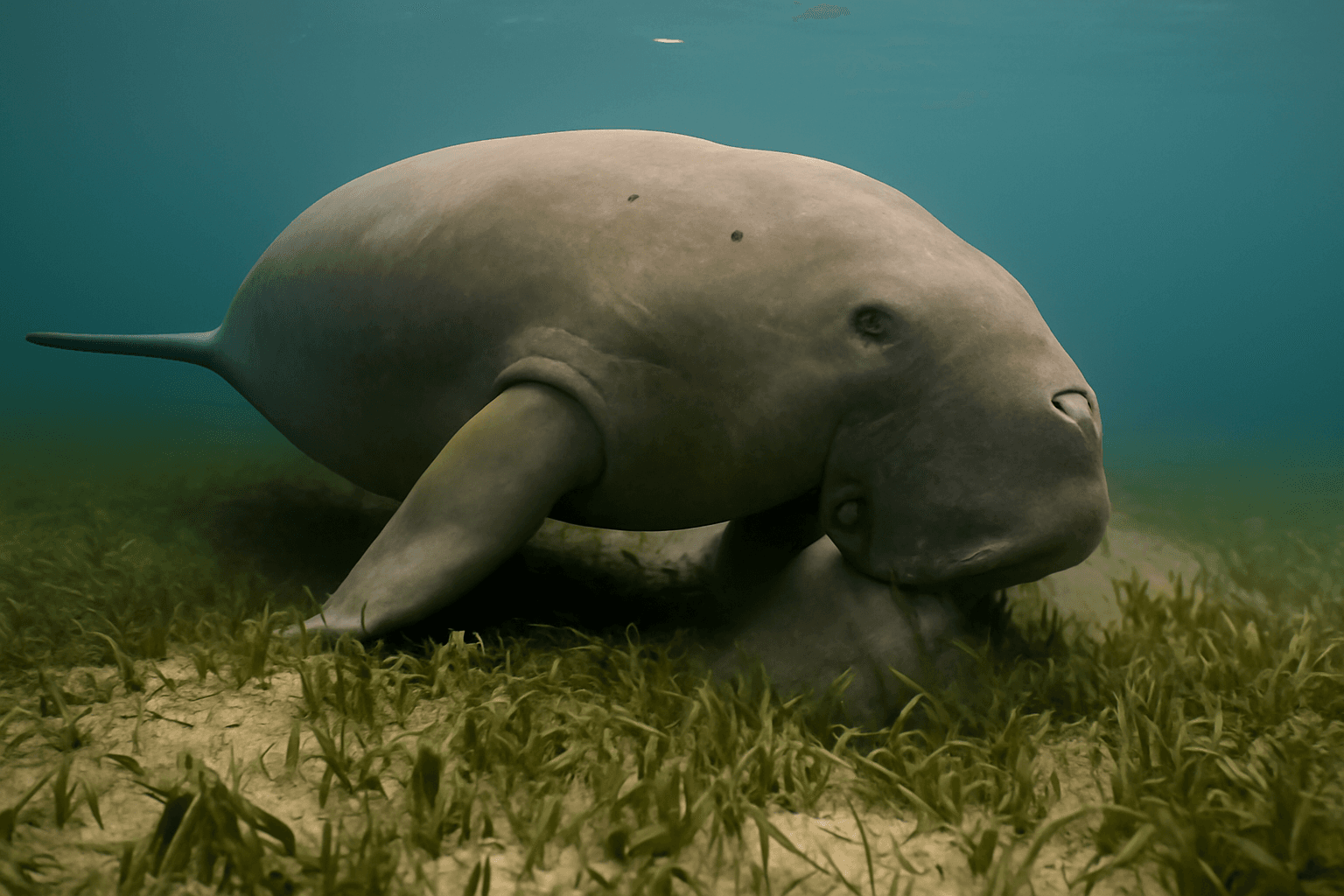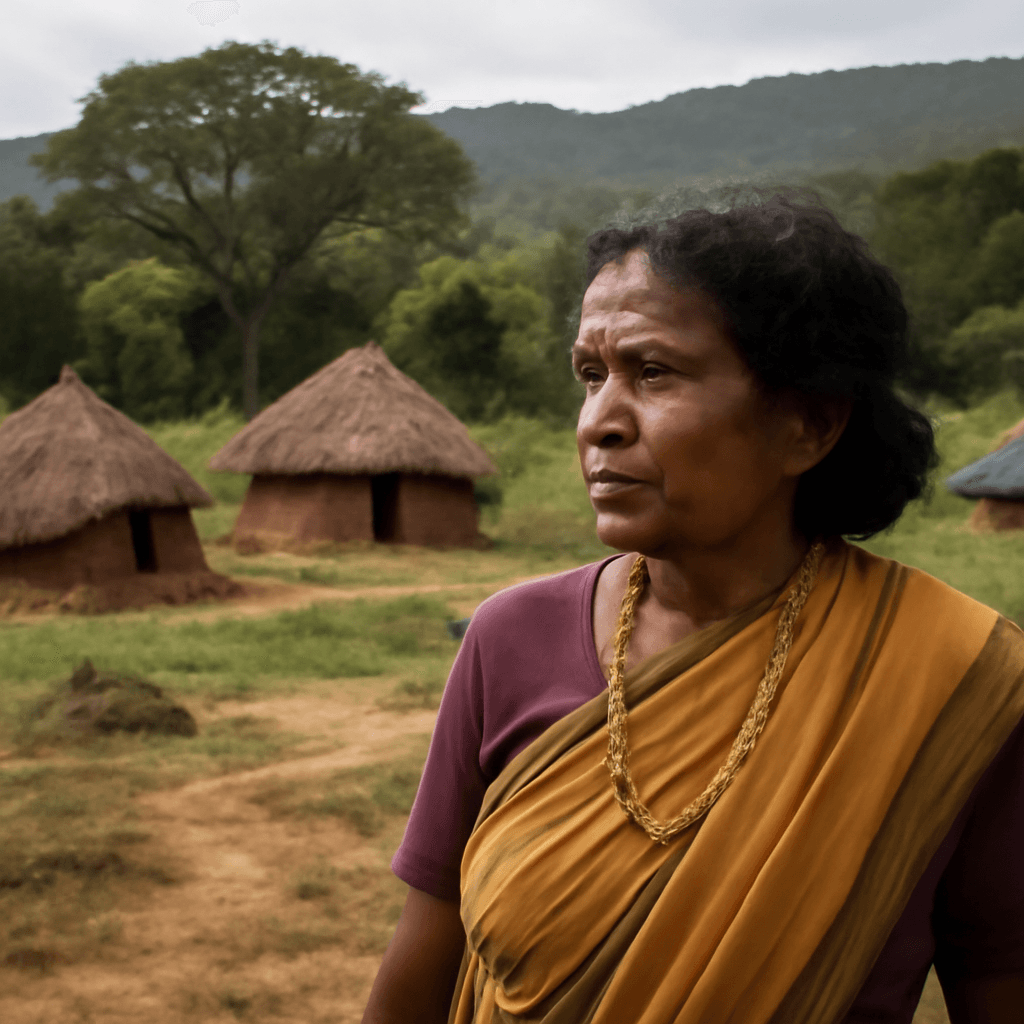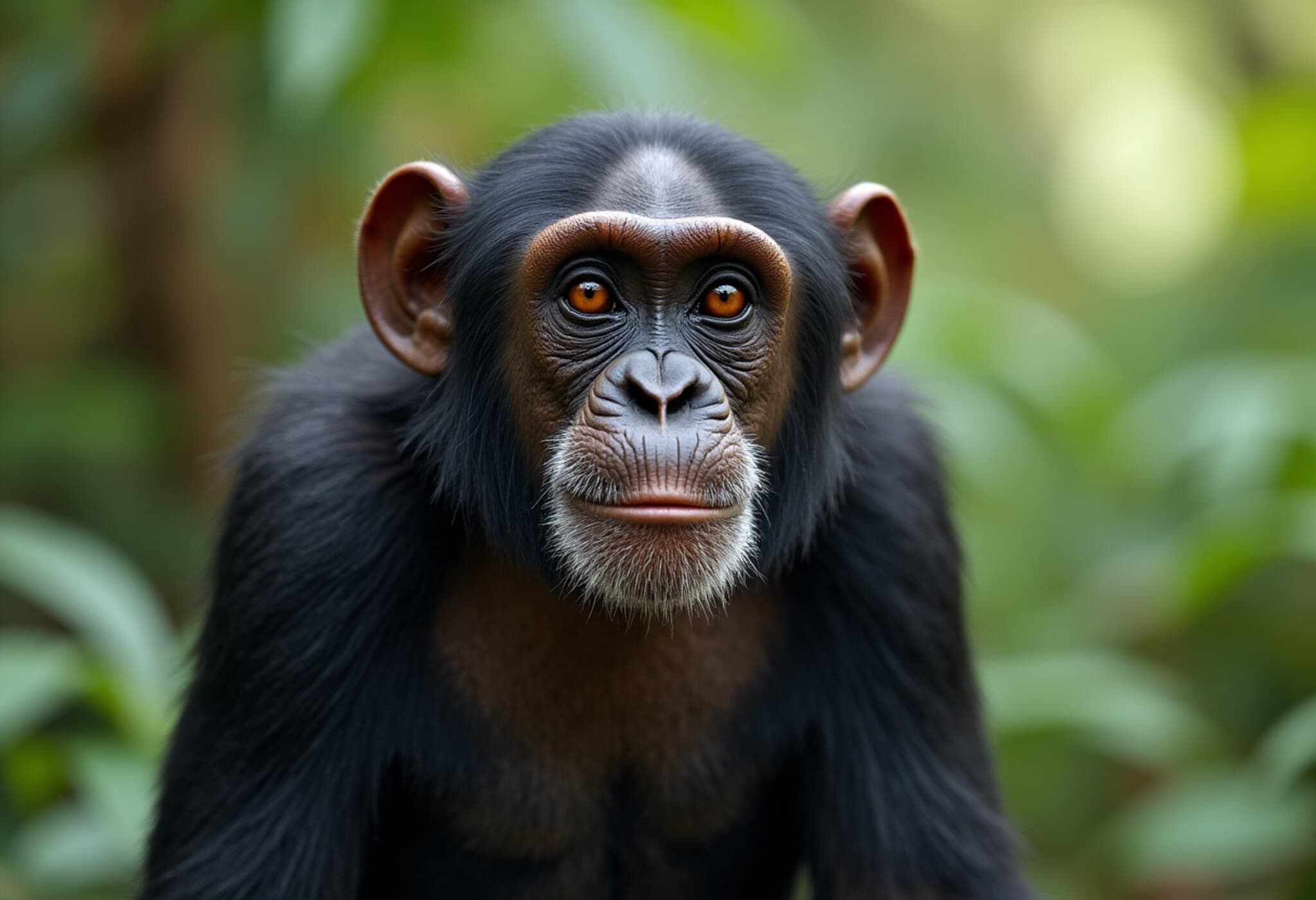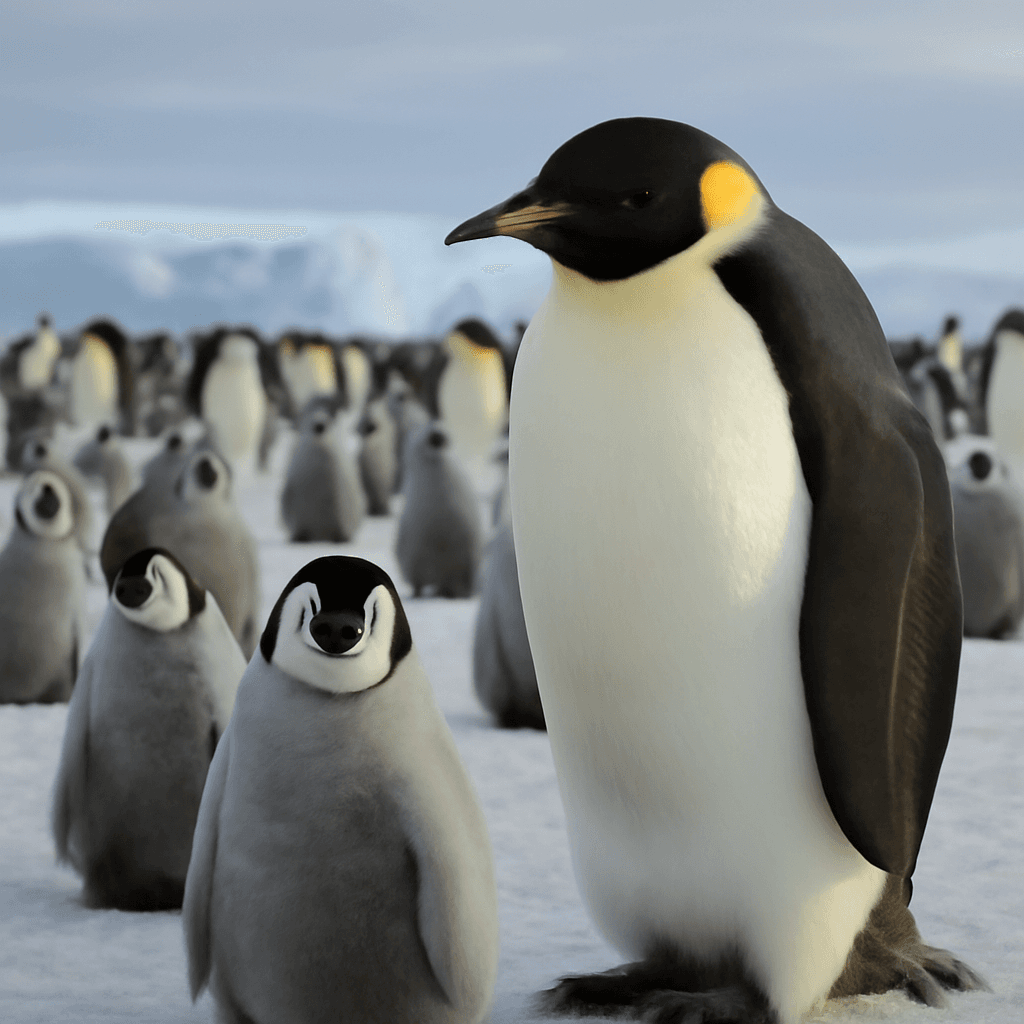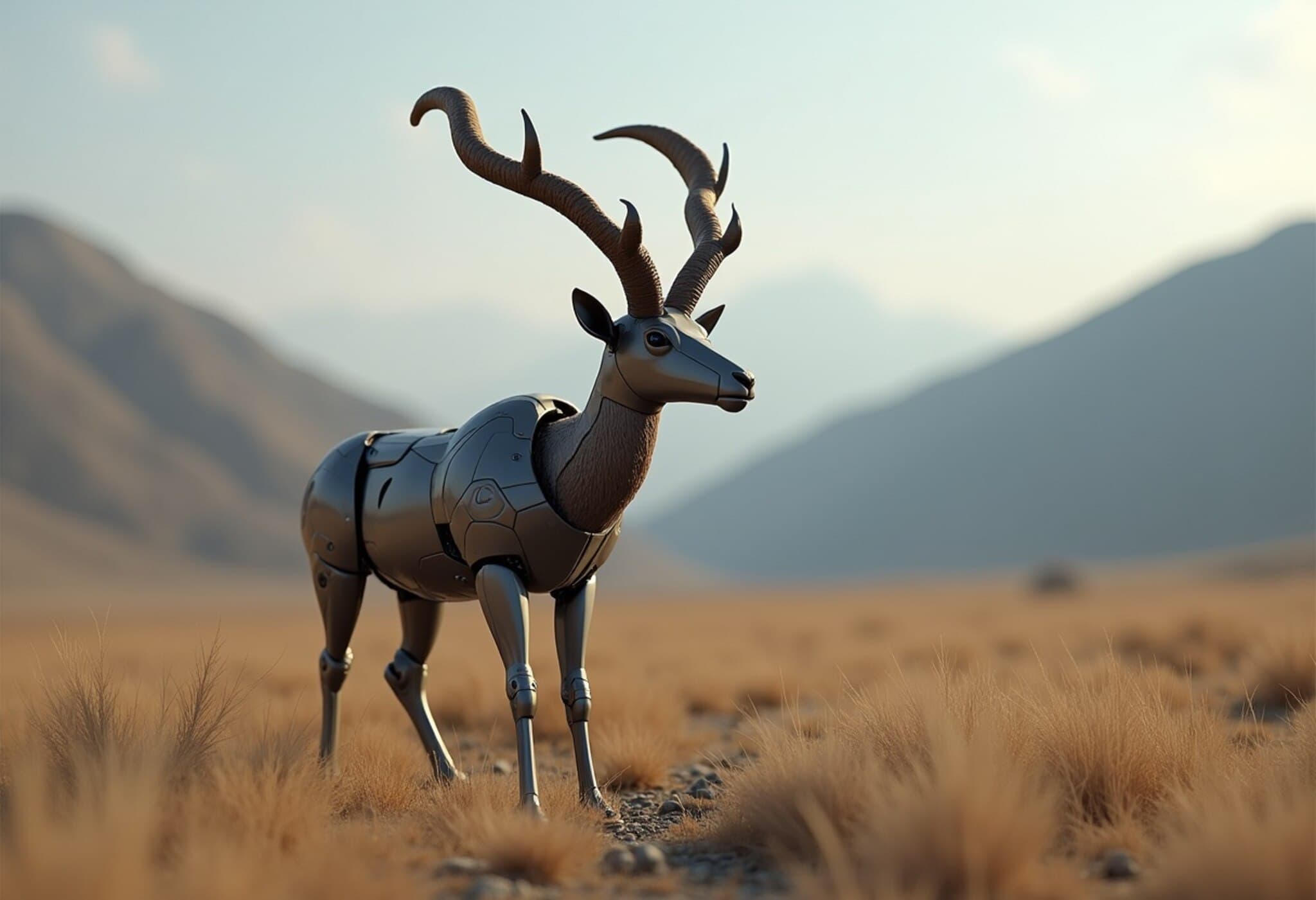Exploring Nature's Tiniest Survivors
From dense tropical forests to hidden caves, some of the world's tiniest creatures have adapted remarkable ways to thrive despite their minuscule size. These rare animals not only capture imaginations but also highlight vital ecological concerns as many face threats from habitat loss and environmental changes.
The Bumblebee Bat: The World’s Smallest Mammal
Measuring just over one inch in length, the bumblebee bat (also known as Kitti's hog-nosed bat) inhabits limestone caves in Thailand and Myanmar. This miniature mammal's delicate existence is threatened by ongoing deforestation, which endangers its natural roosting habitats.
Paedophryne Amauensis: The Tiny Rainforest Frog
Hailing from the rainforests of Papua New Guinea, the Paedophryne amauensis holds the record for being the world’s smallest amphibian—and vertebrate—standing at just under 8 millimeters. These frogs feed on mites and tiny insects, skillfully navigating leaf litter in the dense forest floor.
Dwarf Geckos: Masters of Miniature Hunting
In African woodlands, dwarf geckos reach only about 43 millimeters in length but boast impressive agility. Armed with sticky toe pads, they deftly climb trees and rocks to capture insect prey, illustrating how even the smallest lizards play crucial roles in their ecosystems.
Barbados Threadsnakes: Slender and Secretive
The smallest snake species known, Barbados threadsnakes stretch roughly 10 centimeters long. Native to the Caribbean, their survival is jeopardized by critical habitat loss, underscoring the fragility of island biodiversity.
The Bee Hummingbird: Nature’s Tiny Feathered Wonder
Found exclusively in Cuba, the bee hummingbird is renowned as the smallest bird and warm-blooded vertebrate on Earth, measuring just about 5 to 6 centimeters. However, deforestation has caused a population decline of nearly 29%, threatening this iridescent marvel.
Smallest Owl Species
Among owls, several species claim the title of smallest, blending stealth with compact frames to navigate their nocturnal world. Their sizes and habits play an essential role in maintaining balanced ecosystems.




